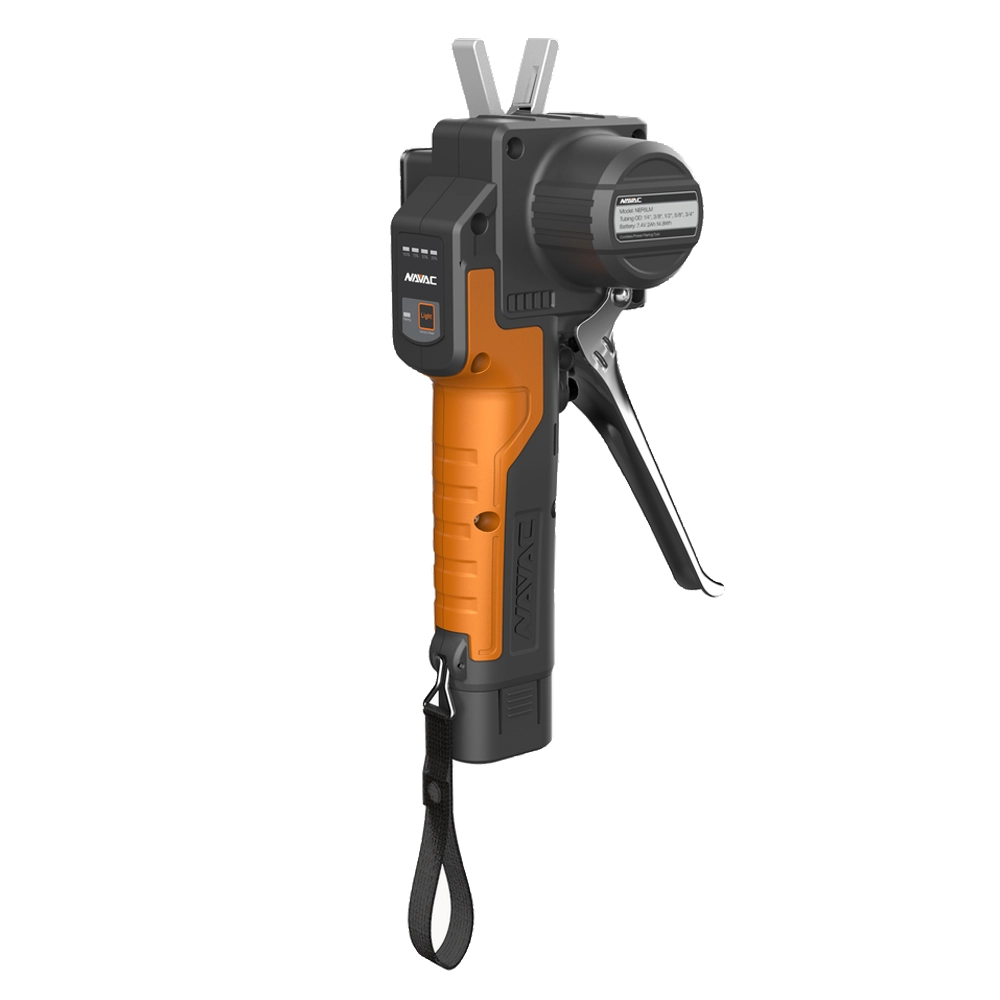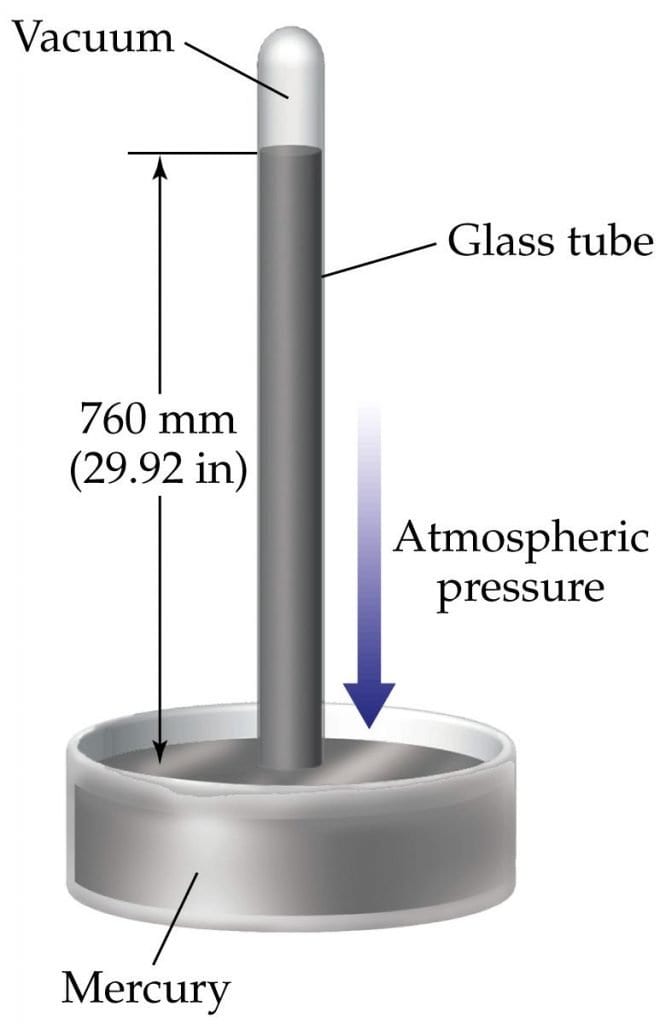Get Tech Tips
Subscribe to free tech tips.
Our Best 3D Animated Videos

Over the past year, we have been adding 3D animations to our YouTube channel. It can be difficult to film everything we do in the field, so we've found 3D animations to be a helpful tool to show how parts work and how to do certain tasks.
So far, we've uploaded nine 3D animations. This tech tip contains all nine and serves as a resource you can send to your apprentices (or watch for yourself). We hope you get a lot out of these.
Does a TXV Shut Under Vacuum?
Hard shut-off TXVs are supposed to shut completely when the system is off and has refrigerant inside of it. Under vacuum, there will be no forces from the external equalizer. So, the bulb pressure is dominant and opens the TXV. When you have a one-hose vacuum setup connected to the suction line, you pull through the open TXV and can get a fast evacuation.
How a Heat Pump Reversing Valve Works
The reversing valve allows a heat pump to switch between heating and cooling modes by redirecting suction gas (usually at the bottom) and discharge gas (usually at the top). When an electromagnetic solenoid is energized in cooling mode, it slides a pilot valve, which creates a pressure differential that moves the slide of the reversing valve to the other side. When the slide moves to the opposite side, you will see a switch from heating to cooling.
How to Replace an A/C Condensing Fan Motor
In this 3D animation, Bryan explains how to replace a condensing fan motor. The video covers everything from selecting the correct aftermarket fan motor, removing the fan blades, cutting studs, weep plug removal, securing rotation wires, and wiring the new fan motor in. Bryan also addresses wiring configurations and explains how to run test the unit the right way.
How to Clean an Air Conditioner Blower Wheel (Fan Coil Blower Pull and Clean)
Bryan uses a 3D animation to show how to clean a blower wheel as well as its housing and motor. If you keep a blower wheel clean, you will improve the blower's longevity, system performance, and overall efficiency. Dirt impedes airflow and may cause an increase in amperage, so we'll want to disconnect the blower and remove the housing entirely for a thorough cleaning.
Heat Pump Component Tour
As with straight-cool A/C systems, heat pumps have a compressor at the heart of the cycle. However, the two coils can switch their function with the help of a reversing valve and multiple metering devices with check valves. Heat pumps also have other unique components, including electric heat strips. Heat pumps may also have other essentials, including an accumulator, a liquid line filter drier, and service valves. This 3D animation shows how all the components work together to heat OR cool a home.
Setting a Charge By Subcool on a TXV System
This 3D animation shows how to use the subcooling method to set the charge on TXV systems with analog tools. The video also shows how to minimize refrigerant loss and overcome other challenges posed by analog gauge manifolds. When charging a system with R-410A, you'll want to monitor the charge using a scale, charge in cooling mode only, use a charging adapter, and invert the refrigerant tank.
How to Remove (Recover) Refrigerant from a Running A/C Unit
In this 3D animation, we show how to recover the refrigerant from a system using a gauge manifold. This video also covers the proper way to calculate recovery tank fill and pull a proper vacuum on the tank. The animation focuses on the vacuum and recovery assembly, temperatures, and best practices with special attention to minimizing losses.
Charging a TXV system with Probes and MeasureQuick
This quick 3D animation shows how to use the subcooling method on a TXV system. This time, we show how to use the FieldPiece Job Link probes and MeasureQuick instead of a gauge manifold. Charging with probes minimizes losses, but this animation shows how to make our assemblies practical and effective.
Condenser Install
This animation is a guide we made for the Kalos installers in the Central Florida market, but it can be of use to others as well. The video goes through the entire process of installing a condenser from leaving the warehouse with all the right tools to charging the system. This animation covers condensate drains, brazing copper, pulling a deep vacuum, and recovery. We also cover best practices for startup and commissioning.










Comments
Good afternoon, I am an HVAC Instructor based out of SWFL. We enjoy using your videos when we can during our instructional. I was wondering if you could give me information on how you make your animated videos, software you use etc. I wanted to see if I could find a software that would allow me to create videos that go hand in hand with my current curriculum. Thank you for any information you can provide.
Good afternoon, I am an HVAC Instructor based out of SWFL. We enjoy using your videos when we can during our instructional. I was wondering if you could give me information on how you make your animated videos, software you use etc. I wanted to see if I could find a software that would allow me to create videos that go hand in hand with my current curriculum. Thank you for any information you can provide.
Hi Chris,
We have an in house team of animators and illustrators that create our videos.
Hi Chris,
We have an in house team of animators and illustrators that create our videos.
To leave a comment, you need to log in.
Log In